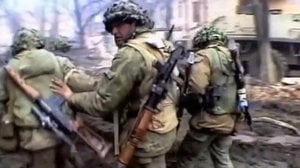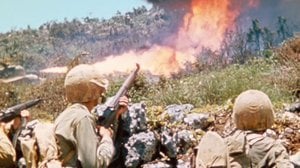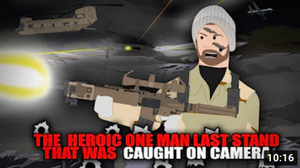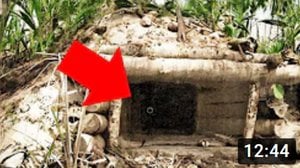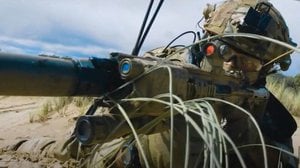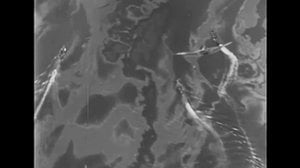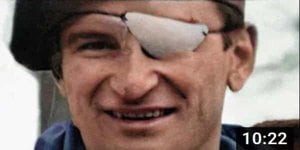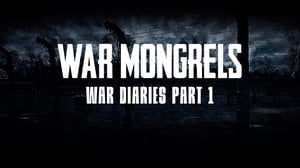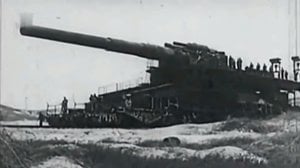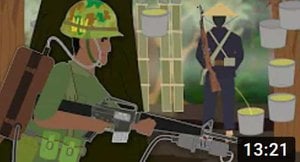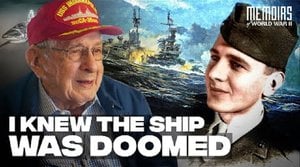
Japanese D1A Biplane Destroyed by U.S. Navy
Published 1 years ago
Historic combat footage from an archive of World War 2 video captures the moment a Japanese D1A Biplane destroyed by the U.S. Navy on June 5, 1945 near the island of Okinawa, Japan.
Japanese forces returned the D1A Biplanes to service during World War 2 to serve as kamikaze aircraft to stave off defeat by the United States. Even though the plane was retired at the beginning of World War 2 due to its age and low speed, they were kept in service for training purposes, and returned to service near the end of the war as a last ditch effort to swarm U.S. Naval vessels with kamikaze style attacks.
The D1A proved to be an unexpectedly deadly platform for this because the plane was lighter weight and smaller than new attack aircraft which resulted in the biplanes having a much smaller radar signature. This often allowed the smaller planes to get far closer to U.S. warships.
About the Author

Josh Brooks
Josh is an American writer and former USMC machine gunner with eight years of experience in ground combat arms throughout the GWOT. He is currently based in Texas and specializes in combat footage analysis and digital marketing.Follow Josh at OfficialJoshBrooks.com


